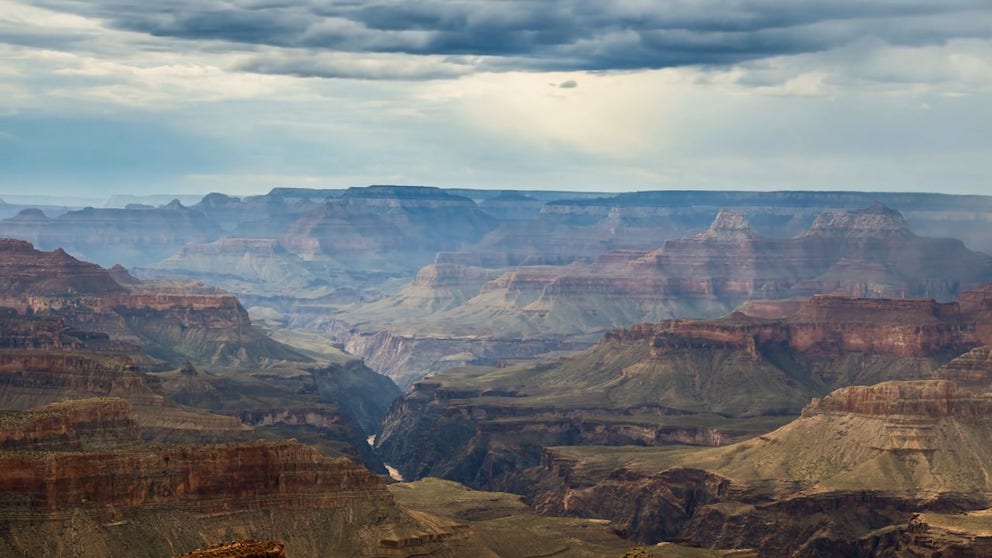7 things to know about Grand Canyon National Park
The Grand Canyon National Park was established in 1919
Grand Canyon National Park
Grand Canyon National Park in Arizona features one of the Seven Natural Wonders of the World.
Home to fascinating geology, fantastic canyon views, and an unencumbered look at the night sky, the Grand Canyon National Park is a bucket list spot for any U.S. traveler.
Ranked No. 13 out of the top 25 most popular National Parks, the Grand Canyon receives more than 4.5 million visitors a year.
Here are seven things you might not know about one of America's most popular national parks.
GARDEN OF THE GODS PARK OFFERS DRAMATIC COLORADO VIEWS IN CELEBRATION OF EARTH DAY
Park history
The National Park was established on Feb. 26, 1919, in Arizona, but there were earlier attempts to create the Grand Canyon National Park as early as 1882.
In 2019, the Grand Canyon celebrated its 100th anniversary.
Facts and figures
The canyon is 277 miles long and 18 miles wide at its widest. The deepest point of the canyon is over a mile deep.
However, the Grand Canyon is not the most profound chasm on Earth. According to NASA, the Yarlung Tsangpo gorge in Tibet is 3 miles deep in some places and over 300 miles long.
Visiting the Grand Canyon
Parts of the canyon are only open during certain times of the year.
There are several lodging options within the national park, but a trip to the Grand Canyon requires advanced planning as many of these on-site accommodations book up as far as a year in advance.
Before you go, check for road closures and current weather conditions here.
The Grand Canyon creates its own weather
According to the NPS, the depths of the canyon and changes in elevation heavily influence the weather, including differences in temperature and rain.
The coldest and wettest region is the North Rim. The record coldest temperature of -22 degrees Fahrenheit happened in February 1985. Less than 8 miles away is the hottest and driest area known as Phantom Ranch, which gets up to 120 degrees during the summer.
Geological activity embedded in the walls
Each layer of the canyon walls contains layers of geological activity dating back 2 billion years.
For example, the top layer of rock found at around 9,000 feet actually formed from the bottom of the ocean and now is at the top of the Colorado Plateau. This is possible because of how the canyon began when plate tectonics lifted the rocks.
How the canyon was created
According to the NPS, the canyon's formation began almost 2 billion years ago as rocks formed in the inner gorge. Later, between 70 and 30 million years ago, the plate tectonics shifted, lifting the area of the Colorado Plateau.
The final piece of the canyon formation came from the Colorado River, which geologists believe has been carving out the canyon for 6 million years.
American Indian history
Many American Indian tribes have deep ties to the Grand Canyon, dating back thousands of years. The canyon is home to 11 tribes.
Some features in the canyon are named for area Native American tribes.
According to the NPS, more than 3,300 ancestral sites are documented within the park, and the oldest human artifacts are nearly 12,000 years old. At least 450 locations within the park have evidence of Native American use dating, the oldest back to 1540.
